As the barrier that protects us from wind, rain, snow and extreme temperatures, roofs are an integral part of any home or business. You’ll want to consider many factors when it’s time to replace yours.
One warning sign that it’s time is when shingles start to curl or lose their granules. It’s also a good idea to check the gutters. Click the Roof Replacement Erie PA to learn more.
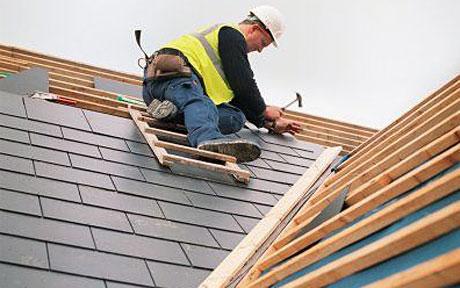
Roof repair and replacement aren’t a homeowner’s favorite home improvement projects, but they are necessary to keep the house safe from weather damage and prevent costly structural damage. In addition, a new roof increases the value of the home and can make it easier to sell in the future. The cost of a roof depends on several factors, from geographic location and roof size to the type of shingles chosen. Some are outside the homeowner’s control, such as a local climate that may necessitate special materials or ice barriers to protect the roof from harsh temperatures.
The most significant cost component is the installation of the new shingles. This includes the cost of materials and labor, and can vary greatly depending on the roofing material. Asphalt shingles are the most popular choice, but premium roofing materials like slate or metal can significantly increase the price of a roof. Other factors that impact cost include the roof’s pitch, or slope; features such as chimneys and skylights; and the amount of work needed to remove the existing shingles and prepare the roof for installation.
In some cases, a full roof tear-off is required before beginning the installation process, which can add thousands of dollars to the overall cost. This is a critical step, as it ensures that the installation crew has an even surface to work with and allows for the most accurate estimate of roof replacement costs.
Other associated costs can include the cost of installing vents, ridge and roof/gutter guards, flashing and pipe boots, and replacement of rotten or damaged wood decking and framing. Additionally, if the roof is located in a historic district, navigating building permits and relocating historical elements can increase costs.
In most cases, the cost of a roof can be broken down into 40 percent materials and 60 percent labor. The labor portion of a roof’s cost is driven mainly by the difficulty and complexity of its design. The more complex or steep the roof is, the more material, painstaking labor, and potentially specialized equipment it will require, which translates to higher costs.
Time
The time needed to replace your roof will depend on a few different factors. These include your home’s size, the complexity of its design, and the roofing materials used. For example, asphalt shingles can typically be installed in one day while cedar shakes may take four to six days. The roof’s pitch (angle) also plays a role, as the steeper the angle, the more time and painstaking labor it takes to install a new roof. Finally, features like chimneys and skylights add to the overall complexity of a roof replacement, which can prolong the timeline.
Prior to starting work, your contractor will visit your property and inspect your existing roof. Once he has determined the scope of the project, he will draft a contract that includes the project’s costs and timeline. Once you’re happy with the contract, you can sign it and schedule a date for the construction to begin.
Before construction begins, your contractor will clean the work area to make sure no debris or materials are left behind. They will also tarp the area around your home to protect it from rain during the roof installation process. Additionally, they’ll prep the site by removing debris and laying tarps over any areas of the house that can’t be easily accessed, such as porches or flower beds.
During the construction process, it’s important to keep your pets indoors. Noises, hammers and dust can disturb animals and they may become distressed or even injured. If possible, it’s best to board them or leave them with a friend’s house or pet sitter during the construction. You should also clear your attic of sentimental items and move any furniture or ceramic landscaping features to a safe place until the roof is completed.
The weather can also delay the construction timeline, as it’s necessary for the crew to be able to safely complete the job. If it’s raining on the scheduled date, the crew will tarp your roof to protect it and resume construction when it’s dry. The same goes for high or low temperatures; hot, humid weather can make the work slow down and require the crew to take more water breaks.
Aesthetics
A roof is more than just a protective canopy; it defines the character, charm, and visual allure of a building. The aesthetics of a roof are important not just for curb appeal, but also for architectural harmony and energy efficiency.
Modern roofing materials offer countless options for homeowners seeking to elevate the look of their home. From traditional shingles to contemporary metal roofs, there is something for every homeowner’s aesthetic preference. However, it is important to remember that beauty is only skin deep, and a new roof must be able to withstand harsh weather conditions and long-term wear and tear.
In addition to enhancing the appearance of a home, a well-chosen roofing material can help regulate temperature by reflecting or absorbing sunlight. For example, light-colored roofs can keep homes cooler in warmer climates. Aesthetic considerations can also impact a building’s resale value, as potential buyers may be willing to pay more for a home with an attractive roof.
Aesthetic considerations can be particularly important for historic buildings or those located in natural or rural settings. In these cases, it is essential to maintain the architectural integrity of a building by matching the color and style of the new roof with the existing one. This will prevent the new roof from detracting from the historical character of a property or creating an incongruent architectural style.
Many neighborhoods have regulations or homeowner’s associations that require a certain level of aesthetic consistency among homes within the community. This is done to maintain a consistent and attractive visual appearance and contribute to a positive sense of community spirit and belonging.
For homeowners concerned about a dated or worn-out roof, a replacement is an opportunity to improve the overall look of their home and create a lasting impression on visitors and neighbors. While a new roof will protect a home from the elements and increase its resale value, it will also be a welcome improvement to a home’s curb appeal. For this reason, many homeowners choose to replace their old roofs for cosmetic reasons. However, it is important to consult with a roofing professional to ensure that the chosen roof will be able to withstand the harsh weather conditions of your local area.
Energy Efficiency
One of the biggest benefits that homeowners gain from a new roof is energy efficiency. Older roofs are often plagued by leaks and poor insulation that lead to increased energy costs for heating and cooling. Newer roofing materials offer much better insulation and reflectivity, which helps cut energy costs during the summer while preventing heat loss during the winter.
Moreover, modern roofs are made from eco-friendly materials that help reduce carbon footprints and are designed to prevent cold or hot outdoor air from leaking into the home. This decreases the strain on HVAC systems, allowing them to keep indoor temperatures comfortable without overworking.
In addition, new roofs are also often made from reflective shingles that lower the building temperature and minimize the amount of energy needed for air conditioning. This can make a significant difference in your monthly energy costs.
Another benefit of a new roof is its resistance to storm damage. Strong winds, heavy rains, and hail can wreak havoc on older roofs that can cause water leaks or even blow off entirely. Getting a roof replaced promptly can help you maintain your home’s energy efficiency and avoid costly repairs in the future.
Finally, a new roof can boost your home’s value and increase its resale appeal. A dingy, sagging roof can make your entire home look unkempt and unappealing, especially when the weather turns bad. Replacing it with a sleek, shiny roof will instantly improve your home’s appearance and could attract potential buyers when you’re ready to sell.
There are a few things you should do to prepare for a roof replacement. First, you’ll need to clear out your attic and remove items such as sentimental or fragile items. You should also move anything that’s on the roof, such as a satellite dish or solar panels. You should also protect your attic from dust by putting down tarps. You can also lay down painter’s drop sheets to make clean-up easier. Finally, you should also trim back any tree branches that encroach on your roof or could fall onto your property during a storm.
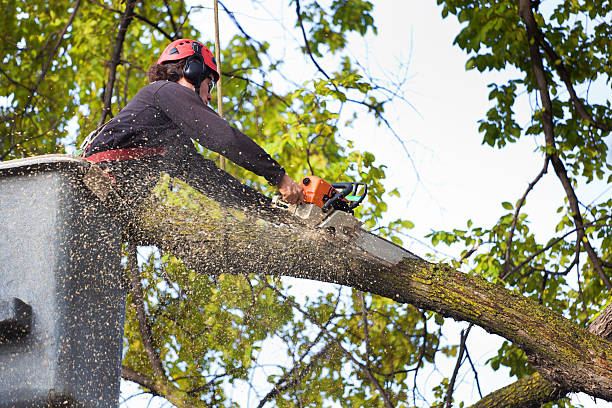
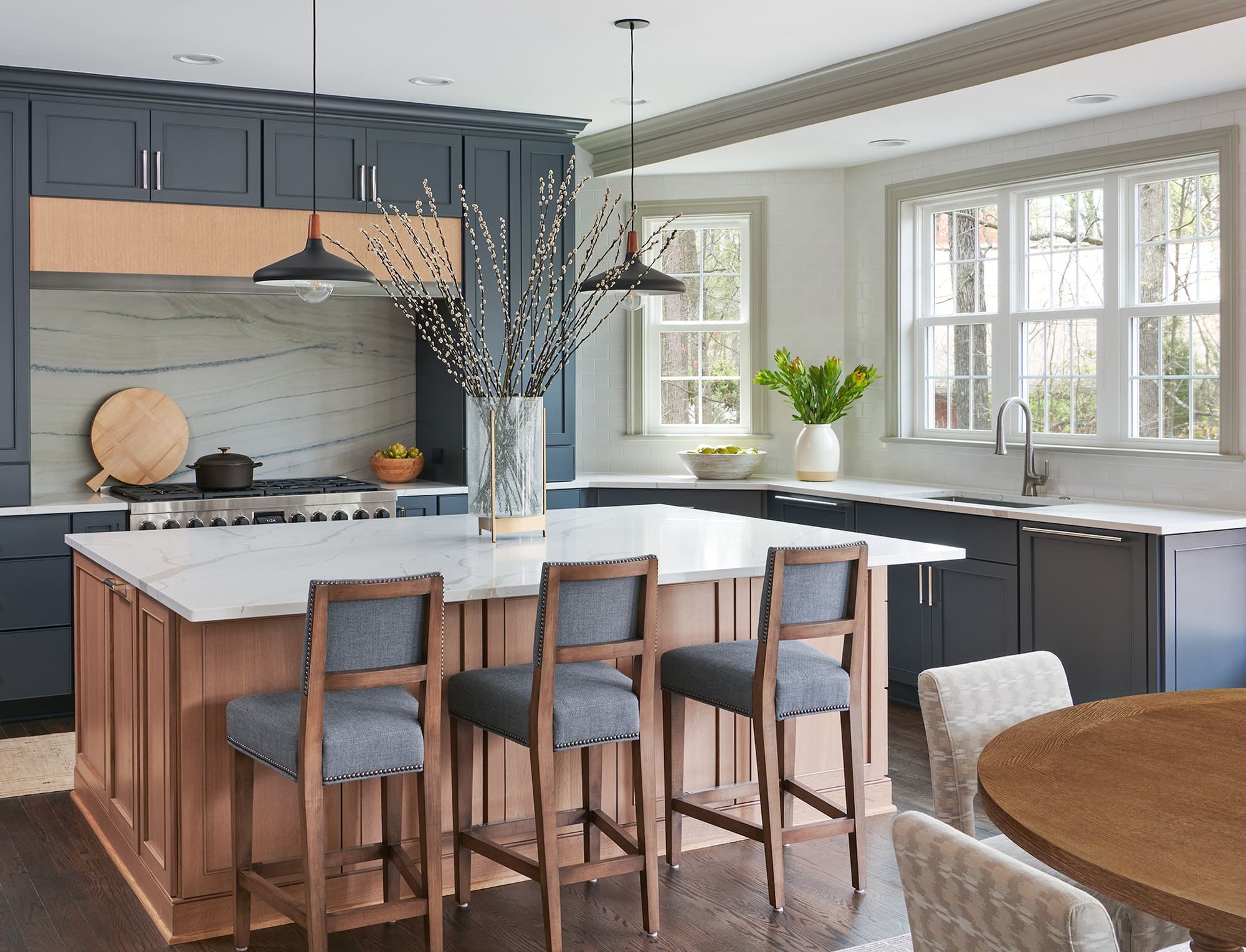
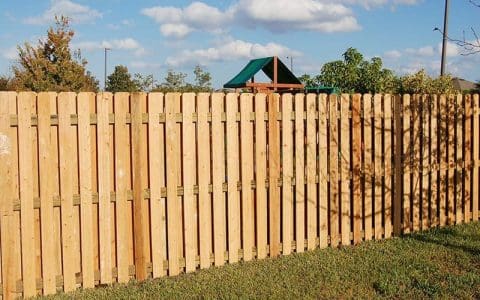
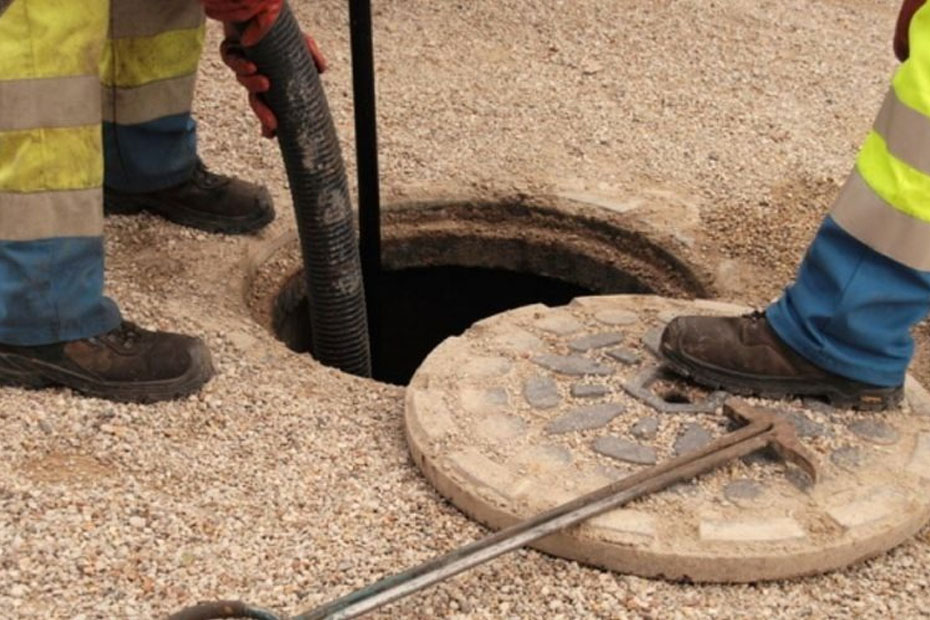

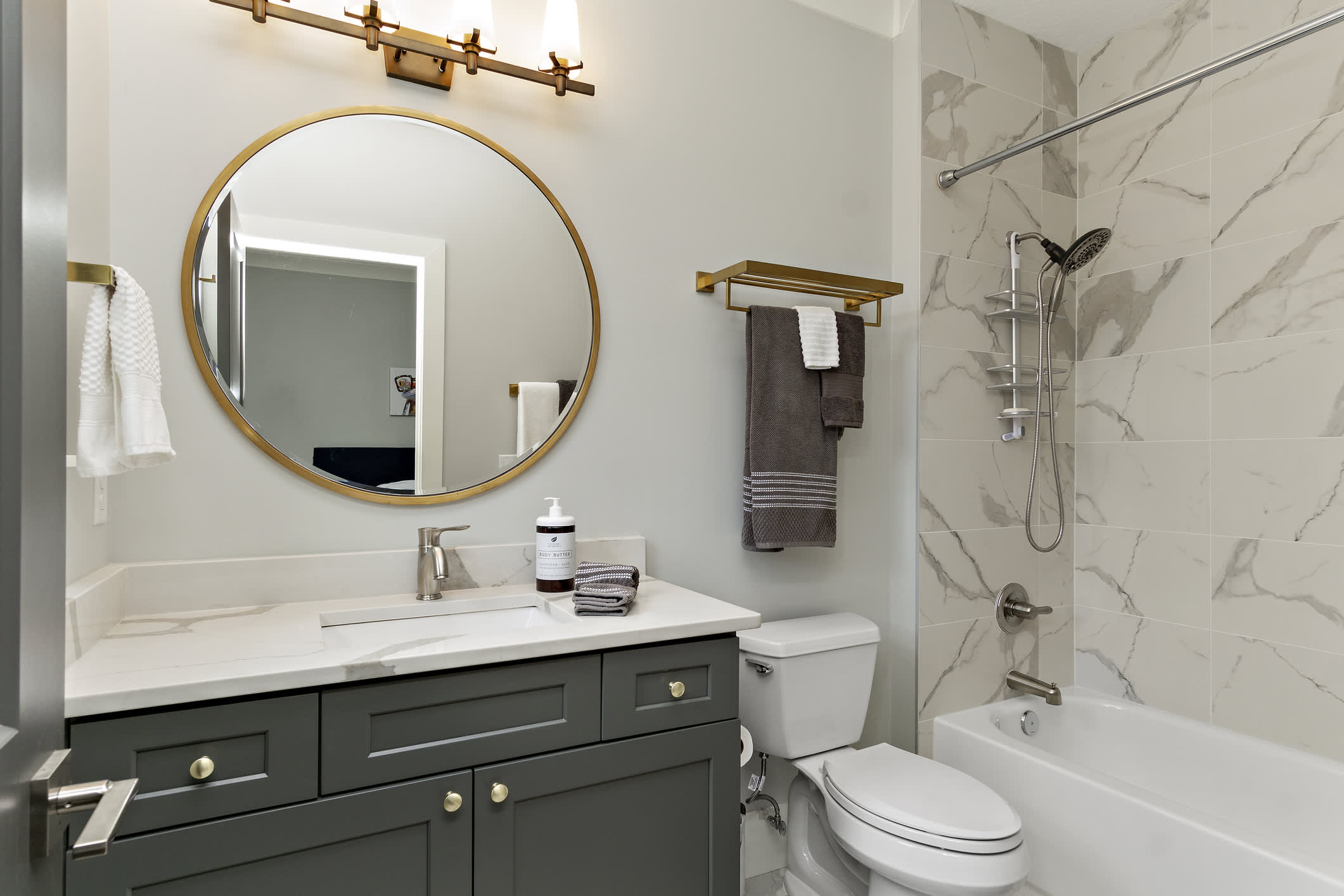
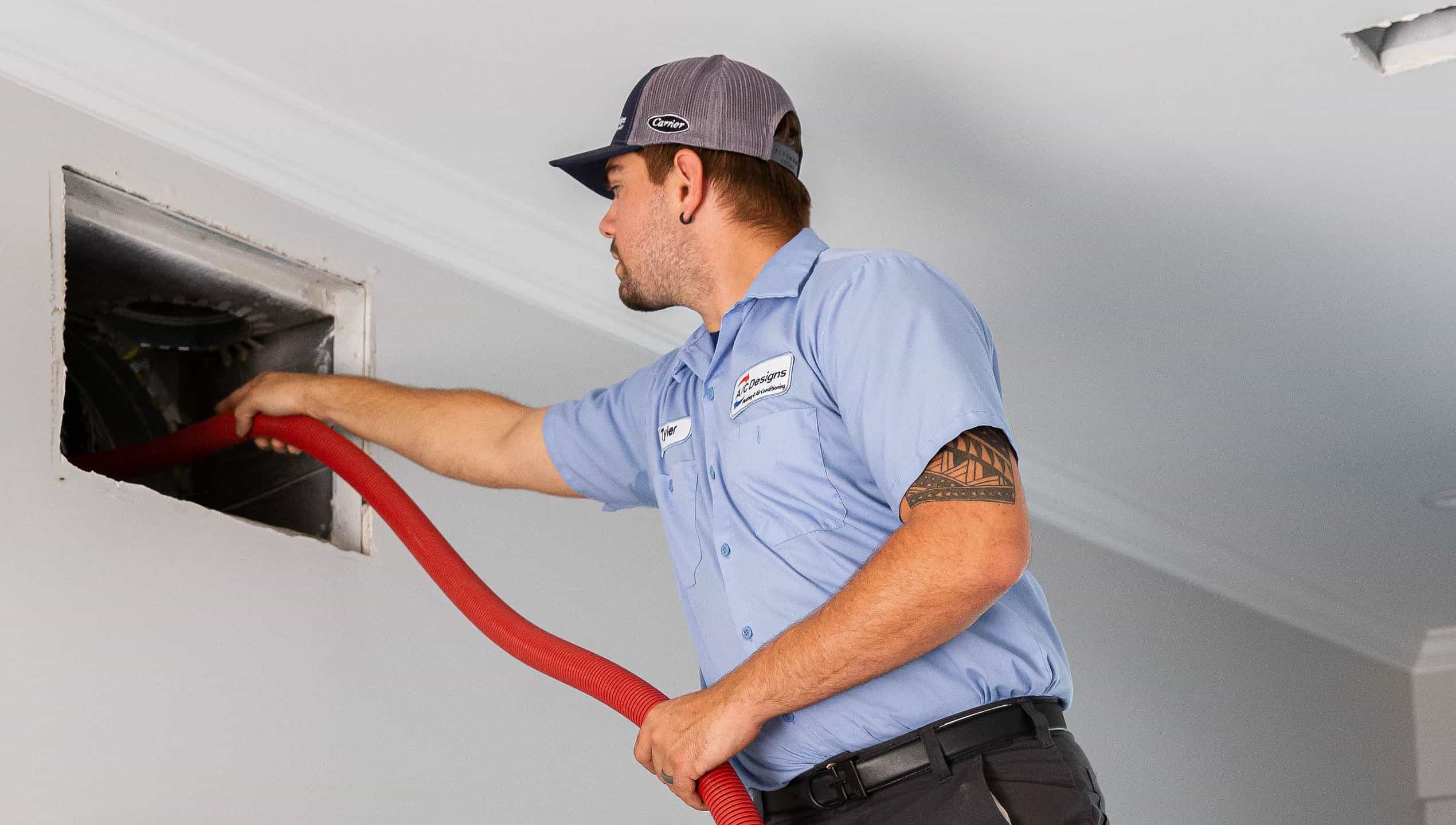
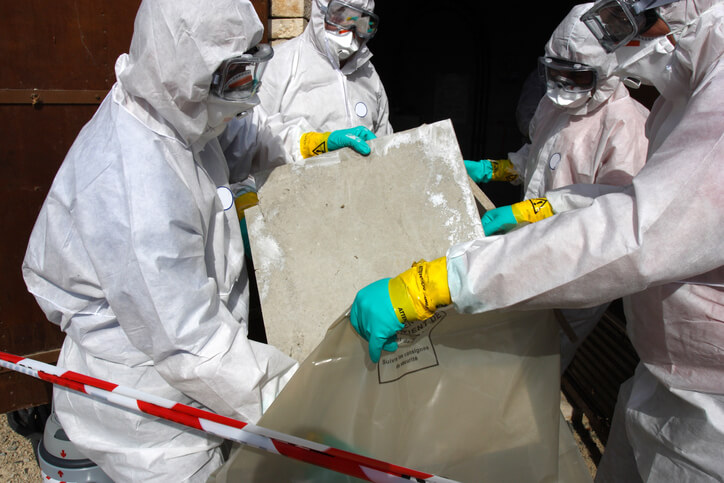
 Painting the outside of your house can be a big job. It requires a lot of skill and experience to get it right, particularly when dealing with textured surfaces. handyman will start by examining the walls to see if any cracks need repair or crumbling masonry. Also, assess obstacles like doors, windows, and hedges that could slow the project down or require safety scaffolding.
Painting the outside of your house can be a big job. It requires a lot of skill and experience to get it right, particularly when dealing with textured surfaces. handyman will start by examining the walls to see if any cracks need repair or crumbling masonry. Also, assess obstacles like doors, windows, and hedges that could slow the project down or require safety scaffolding.